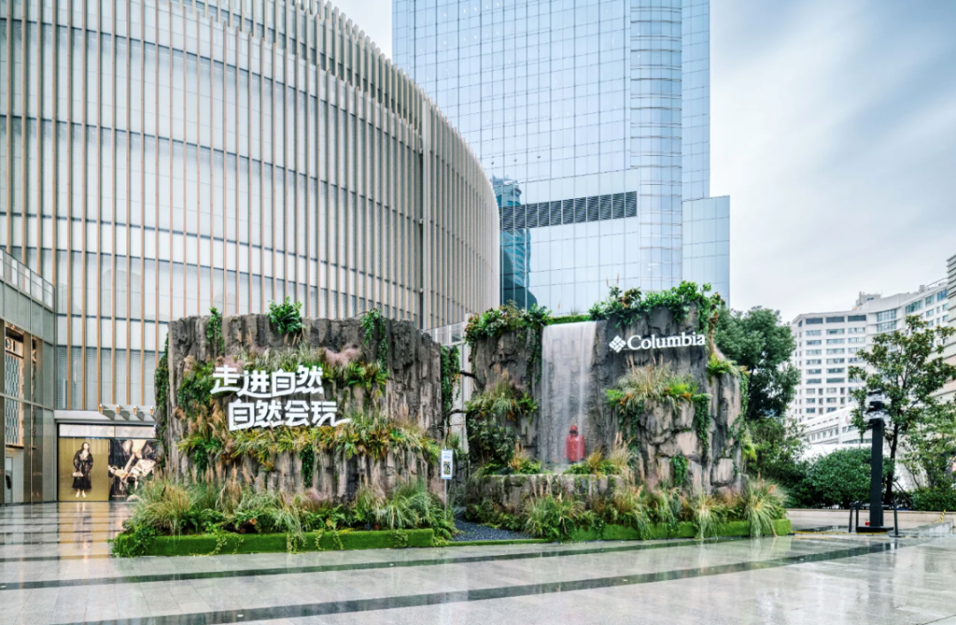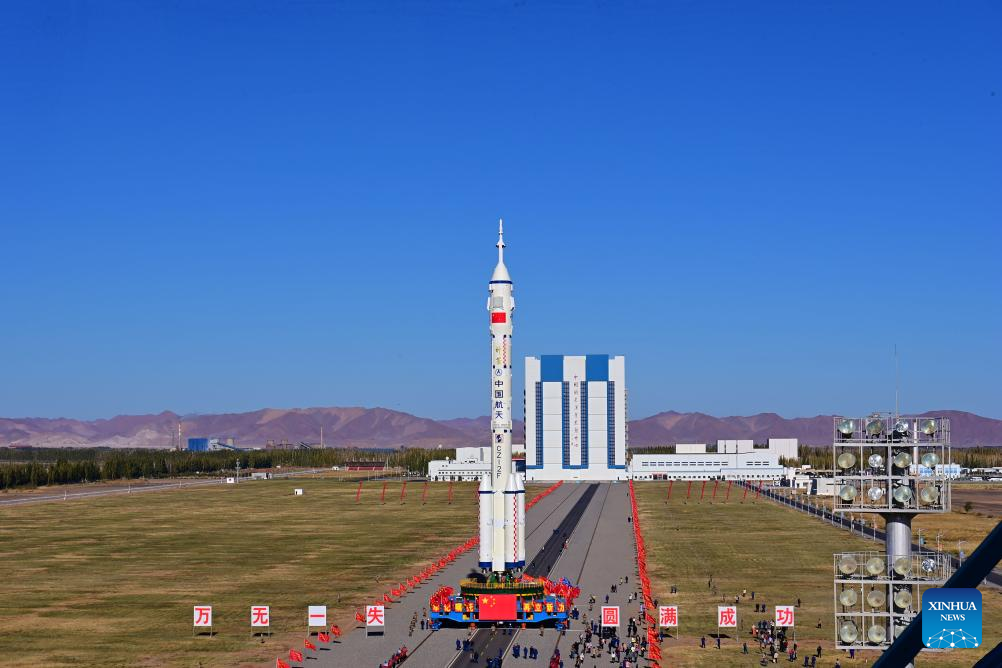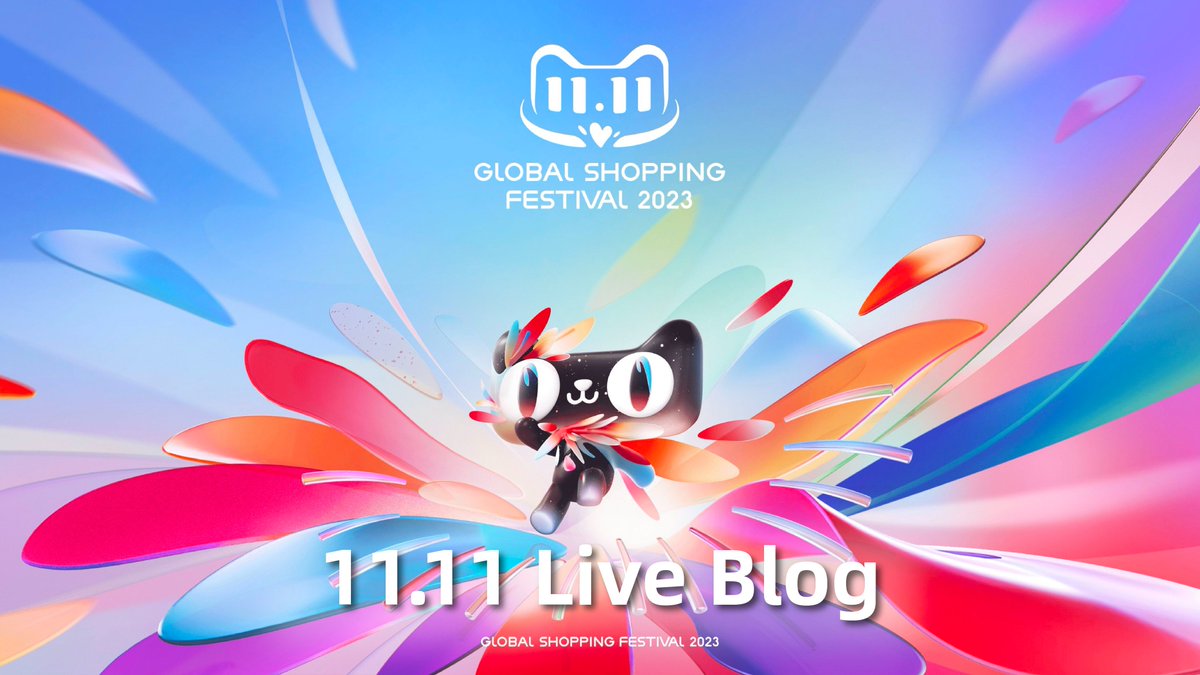Welcome to the third issue of the Retex China monthly newsletter, bringing you the latest updates from China directly from our team in Shanghai.
This month, we will delve into China’s industrial profit rebound, dissect the performance of the recent China International Import Expo, and explore the latest developments in the world of Fashion & Luxury. We will also take a glimpse into the frontiers of Chinese technology, with a special focus on ongoing space projects and new regulations aimed at safeguarding minors in the online world. Lastly, we’ll delve into emerging trends in the realm of consumer behavior and luxury, keeping a watchful eye on the recent trends of the “Double 11” Shopping Festival.
Keep reading to uncover the latest economic and cultural trends from China!
Macro Economy News
China’s industrial profits see continuous rebound as economy recovers
China’s industrial profits continued to rebound, with a 11.9 percent year-on-year increase in September – the second consecutive month with a double-digit growth, according to data released by the National Bureau of Statistics (NBS) on Friday.
The data showed that in the first three quarters, industrial profits fell by 9 percent compared to the same period of last year, the decline narrowed 7.8 percentage points compared to the first half of the year. In particular, the profit decline in the raw material manufacturing industries during the first three quarters narrowed by 18.8 percentage points compared to the first half of the year. This helped to slow the overall decline in industrial profits by 6.0 percentage points, making it the industry sector that contributed most to the recovery.
Other factors contributing to the recovery included the steady recovery of the economy and the effectiveness of policies aimed at expanding domestic demand. As a result, consumer demand has continued to improve, leading to a significant improvement in the profits of consumer goods manufacturing industries.
6th China Int’l Import Expo attracts more exhibitors around the world
The sixth edition of the China International Import Expo (CIIE) took place from November 5 to 10 in Shanghai, attracting an increasing number of exhibitors from around the world.
The event saw participation from a total of 289 Fortune 500 companies and industry leaders, marking an increase from the previous year. Among the industrial giants joining the exhibition were the world’s top 15 vehicle brands, the top 10 industrial electrical equipment companies, and the top 10 medical equipment companies.
Representatives from 154 countries, regions, and international organizations participated in the Expo within a larger exhibition area. The Expo anticipated welcoming 3,400 exhibitors and 394,000 professional visitors, returning to pre-pandemic levels.
Machines drive cotton harvest in Xinjiang
Xinjiang is China’s leading cotton-producing region, thanks to its unique light and heat conditions. In recent years, the local government has actively promoted intensive cotton farming and the use of harvesting machinery.
This year, the cotton-growing area in Puhui reached 20,000 hectares. More than 60 cotton pickers were deployed for this year’s harvest season, which began in early October, bringing the mechanization rate of cotton picking in the township to over 99 percent. Unlike in previous years, local cooperatives installed a quality traceability system on the cotton pickers this year.
In 2022, Xinjiang’s cotton planting area was estimated at about 2.47 million hectares, with a cotton output of 5.39 million tonnes, accounting for more than 90 percent of China’s total cotton output. This year, Xinjiang’s total cotton output is expected to stabilize at more than five million tonnes.
Fashion & Luxury News
Fashion
COLUMBIA. Columbia has opened the “Secret Valley” limited-time space at the Shanghai Grand Gateway 66 shopping center, inspired by the Oregon Valley in the USA, the brand’s place of origin. This space brings the outdoor atmosphere to the city center, showcasing product technology in an immersive way and providing consumers with a natural experience space and interesting online opportunities.

PRADA x IOC/UNESCO. An itinerant exhibition called “Ocean & Climate Village” was organized by Prada on the 81st floor of the tallest building in Qingdao. Qingdao is the first stop in China for this exhibition tour, organized by SEA BEYOND, an educational project of the Prada Group in collaboration with the Intergovernmental Oceanographic Commission of UNESCO (IOC/UNESCO). While the industry continues to focus on environmental awareness among consumers, the Prada Group aims to educate future generations in the long term.
DUVETICA. Duvetica opens the brand’s first store in Southwest China at Chongqing Wanxiang City and a new store at the Suzhou Center Mall.
NEW BALANCE x STONE ISLAND. New Balance and Stone Island opened “STEP INTO THE MOVING LAND,” an immersive art space at SKP-S in Beijing, showcasing their co-branded shoes.
Luxury
KERING GROUP. In collaboration with Plug and Play China, the world’s leading innovation platform, Kering hosted the third annual Kering Generation Award at the Shanghai Pudong Art Museum on October 16th. The top three winners, namely YiDesign, MicroConstruction, and SoleGood Network, were presented with their awards by François-Henri Pinault, Chairman of the Board of Directors and Chief Executive Officer of Kering Group.
LOUIS VUITTON. Located at the newly completed Fotografiska Image Art Center on Suzhou Creek, the “Hello Shanghai” time-limited space was open to the public from October 12 to November 12, showcasing the brand’s selection of books, gifts, travel and lifestyle art collections. This is also the fifth video art center in the world and the first in Asia for Fotografiska, the world’s leading art center and home of global video productions, with the other four centers located in Stockholm, Tallinn, New York, and Berlin.
Inside the historically-preserved building, which dates back to the early 20th century, Louis Vuitton kicked off a four-week “Festival of Culture,” a series of online and offline cultural experiences that took place throughout the months of October and November. The opening event recreated the vibrancy of a traditional Shanghai night market, featuring traditional cultural activities. While the space was open, visitors could book a series of offline activities through the Louis Vuitton WeChat app, including book readings, guided architectural tours, screenings of classic Shanghai animation and old movies, Shanghai language and jazz sharing, cultural conversations, children’s workshops, and more.
SWISS WATCH. According to the latest data from the Federation of the Swiss Watch Industry, Swiss watch exports rose 3.8% year-on-year to 2.3 billion Swiss francs in September, with exports to the two major markets of the United States and China falling 6.4% and 5.5% respectively. Analysts at Bernstein said the increase in monthly exports was mainly driven by higher prices for watch brands, with total real global exports down nearly 3%.
TIFFANY & CO. Tiffany & Co. unveiled the 2023 Blue Book High Jewelry Collection “Out of the Blue” for the first time in Shanghai, showcasing more than 600 pieces of high jewelry.
DE BEERS JEWELLERS. De Beers Jewellers held the “Metamorphosis by De Beers Fine Jewelry Exhibition” in Lijiang, Yunnan Province, which was the first appearance after the launch during Paris Haute Couture Fashion Week in January and July this year. More than one hundred pieces of De Beers jewelry were presented.
Science & Technology
China’s new cyberspace regulations outline efforts to protect minors
At the end of October, the Chinese State Council released new regulations aimed at protecting minors in the digital world, which will come into effect on January 1, 2024. This document establishes measures to regulate online content, protect personal information, and prevent internet addiction among young people.
By the end of June 2023, the number of internet users in China had reached 1.08 billion, with over 191 million of them being minors. While young individuals benefit from the convenience offered by the online world, they also face risks such as exposure to illegal and harmful content, internet addiction, and cyberbullying. To address these issues, the document dedicates an entire chapter to regulating online content, specifying the types of digital information that promote the healthy development of minors. Furthermore, in line with these regulations, the Ministry of Education will strengthen digital literacy education for minors and integrate it into courses related to computer science and information technology.
New space projects in China
On October 26, the Shezhou-17 spacecraft was launched from the Jiuquan Satellite Launch Center in northwest China. The Shenzhou-17 crew is expected to stay in orbit for nearly six months, conducting various extravehicular activities and performing a multitude of experiments and tests in fields such as basic physics in a microgravity environment, materials science, life sciences, space medicine, and space technology.
The Shenzhou-17 crew will alternate with the Shenzhou-16 astronauts, who returned to Earth on October 31. China will continue its advancements in space exploration. In addition to its plans for a space station, the country has also initiated its first crewed lunar exploration project, aiming to achieve the first human landing on the Moon around 2030.

Latest trends
China’s yogurt market: a billion-dollar opportunity for brands
The size of China’s yogurt market is expected to exceed 210 billion yuan in 2023. The majority of global revenue in the yogurt sector is generated in China, where the market is projected to grow annually at around 9%. The leading yogurt brands in China are domestic. According to the Paizi Wang website, the best-ranking brands in the market for quality and price include Yili’s Ambrosial, specializing in Greek yogurt, Junlebao, Yili, Chunzhen from Mengniu, and Moslian from Guangming. The only foreign brand that made it into the top 10 is Japan’s Yakult, ranking 8th.
Chinese yogurts are mainly categorized based on storage temperature: low-temperature yogurt, favored for its taste and nutritional values but with a shorter shelf life, and room-temperature yogurt, which has a longer shelf life but is considered less nutritious. Growing health awareness is driving yogurt consumption in China, with a preference for low-fat, additive-free, low-sugar, and high-protein options.
Ambrosial is one of the most appreciated brands in the room-temperature yogurt segment, while Simple Love is gaining popularity with its additive-free low-temperature yogurt. Among freshly-made yogurt chains, Blueglass and More Yogurt are the most prominent ones. More Yogurt faced controversy in July due to suspicions about its milk base composition, leading to a product recall and plans for modification.
Positive outlook for the Luxury market: forecasts suggest a slight recovery in Q4 2023
After several years of above-average growth, the luxury industry is finally catching up with the realities of the economic cycle. Following the mixed performance of China’s Golden Week, all eyes are now on the upcoming holiday season in the United States and Europe, characterized by persistent economic pressures, rising inflation and interest rates, and diminished savings, all of which have exacerbated weakening consumer confidence. HSBC expects the luxury sector to grow by an estimated 9.3% over the next year, driven by Asia-Pacific and Japan, while mainland China is expected to grow by 5.5%, the US by 7%, and Europe by just 2%. Chinese New Year 2024 will be the real test of whether Chinese consumers are still keen on luxury goods.
HSBC believes that “we may be underestimating the number of new projects coming to the market – Taikoo Li in Shanghai, the SKP concept in Chengdu, the first Vuitton and Dior stores in Hainan… China has a large number of luxury retail expansion plans, and that’s what’s triggering the growth.” The analysis also highlights how Chinese consumers are now more comfortable buying luxury goods at home. Buying abroad is no longer as much fun because the yuan has been weak, so people no longer get better prices by going to Hong Kong, Japan, or Europe as they used to—and few people go to Europe these days.
‘Double 11’ Shopping Festival sees new trends in consumer market
Starting in the early months of 2023, the Chinese government has taken a series of proactive measures to promote economic development, with a particular emphasis on expanding domestic demand and stimulating economic entities. In 2023, Tmall Supermarket introduced a “half-day delivery” service in collaboration with Cainiao, available in 20 cities. This initiative resulted in a 20-30% growth in daily user activity, orders, and sales volume, as reported by China Times. Additionally, in September, Cainiao and Alibaba’s AliExpress announced the launch of an international delivery line called “Global 5-Days Delivery,” initially covering five countries: the United Kingdom, Spain, the Netherlands, Belgium, and South Korea.
Furthermore, green consumption has become a mainstream trend. With increasing awareness of environmental protection, consumers are paying more attention to the eco-friendliness of products. Sales of energy-efficient and environmentally friendly products proved to be even more impressive during this year’s Double 11. In addition, online services consumption is also expected to become a market focus. We discussed how to best harness these business opportunities in the post dedicated to Chinese holidays.

Mature consumers are expected to be the new growth in the Beauty industry
While the beauty sector in China is showing signs of slowing down, the over-60 age group is emerging as a new source of growth for beauty and skincare brands. However, this consumer segment has fewer skincare options, as both local and international brands primarily focus on younger women and, in some cases, men. By 2050, China’s elderly population is expected to exceed 500 million, accounting for 37.8% of the total population. During the decade from 2025 to 2034, this age group will see a record growth of 100 million individuals.
This phenomenon can be explained by two factors. First, Generation X consumers in China have long been known for their loyalty to high-end skincare brands. When major international beauty brands like Estee Lauder, Shiseido, and L’Oreal entered the Chinese market in the 1990s, these consumers were in their youth. Generation X consumers received extensive skincare and beauty education through advertisements and physical stores, accumulating richer knowledge compared to previous generations. Second, “while previous generations of mature-age consumers were more focused on being frugal, the new generation of mature-age consumers have re-recognized their value and are therefore more willing to invest in themselves.”
Mature affluent consumers in the beauty sector can be divided into three main categories: housewives, career women, and working mothers. They favor large international brands and are unhesitant to use the most expensive and potent skincare products.
One crucial aspect for successfully targeting this consumer group is reputation and word-of-mouth. This is because middle-aged and elderly individuals lead a relatively simple lifestyle and have formed stable social circles. Therefore, to gain their trust, brands must meet their most practical needs, particularly in terms of product quality and durability.




